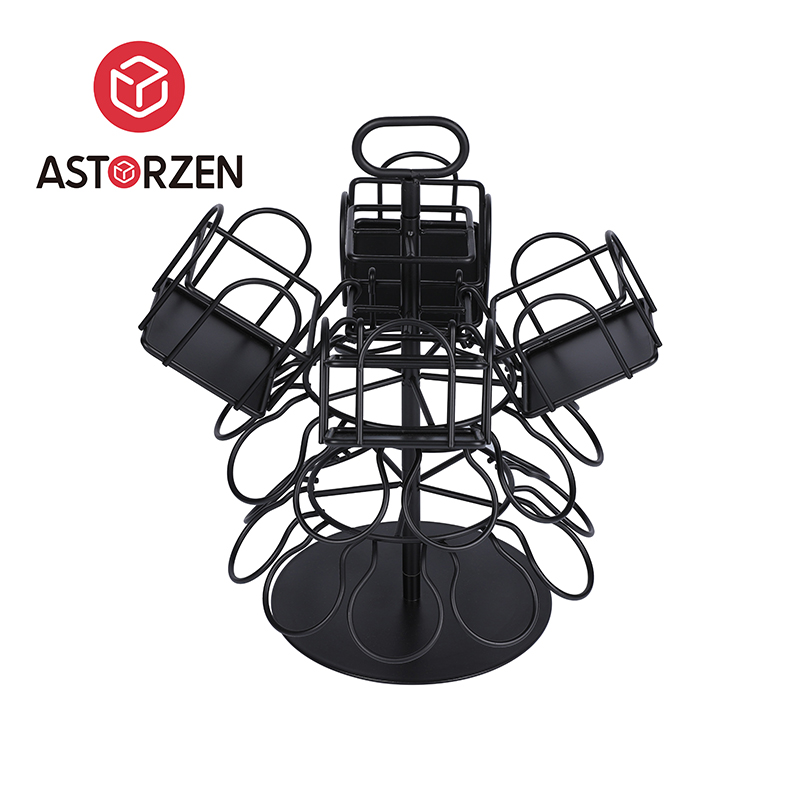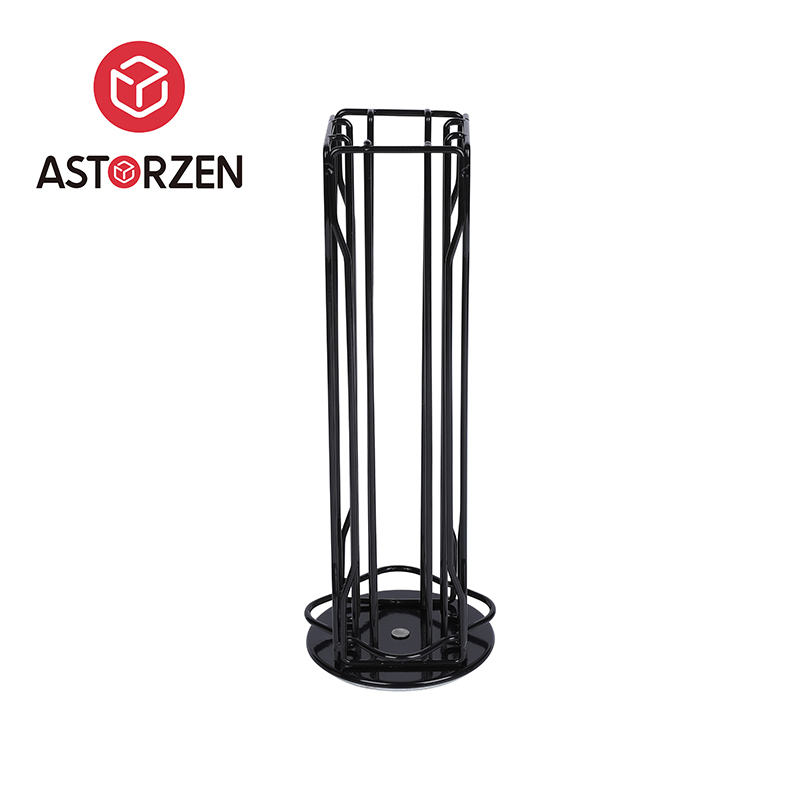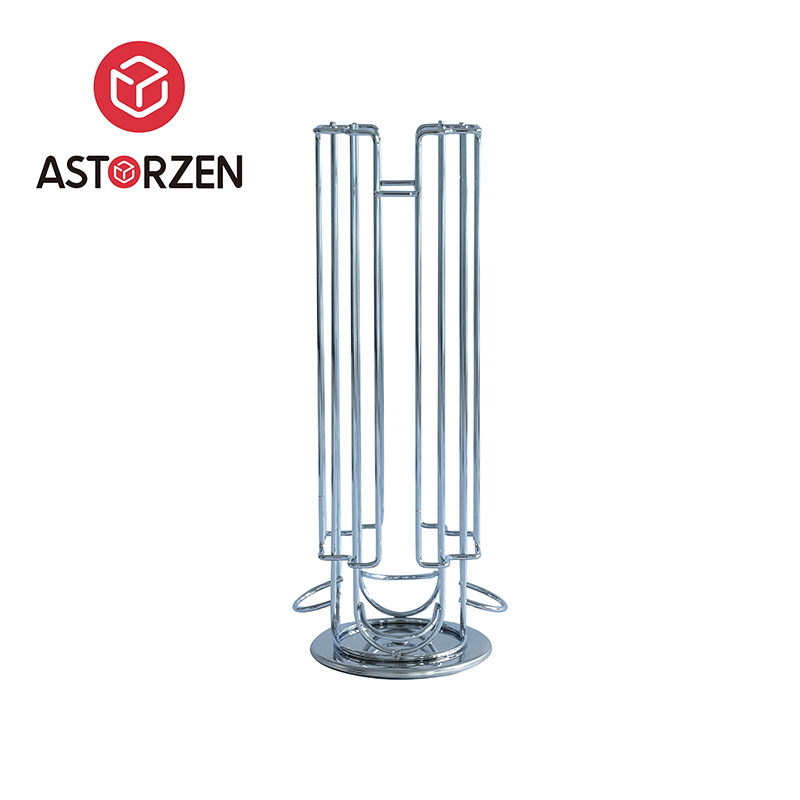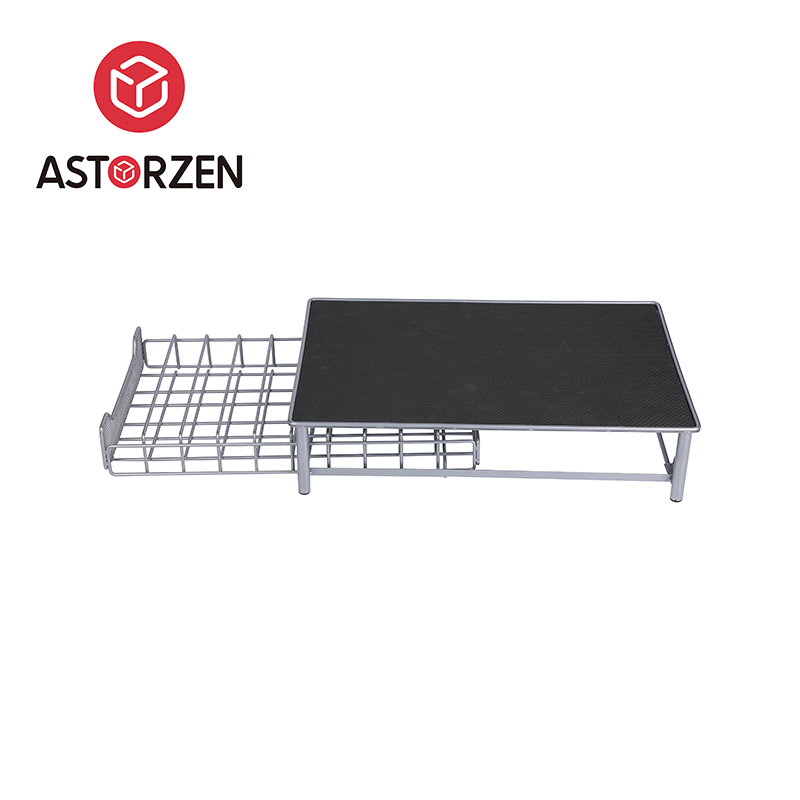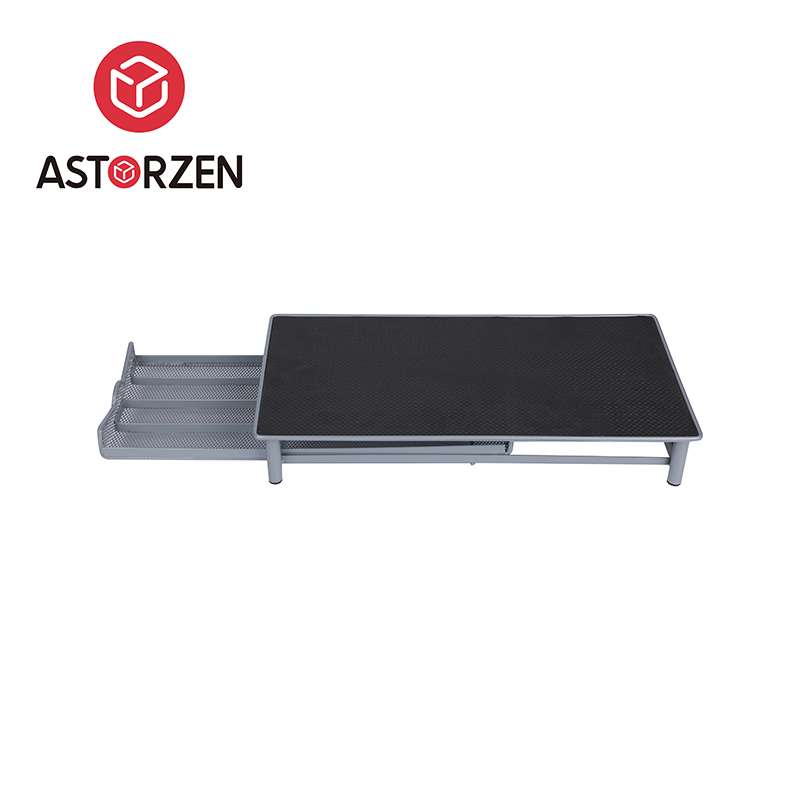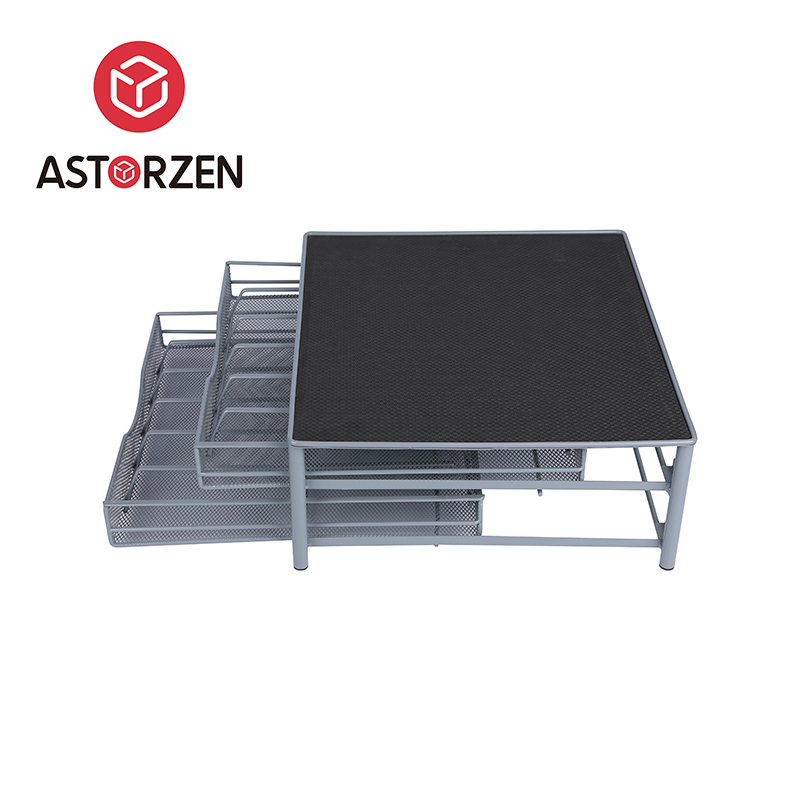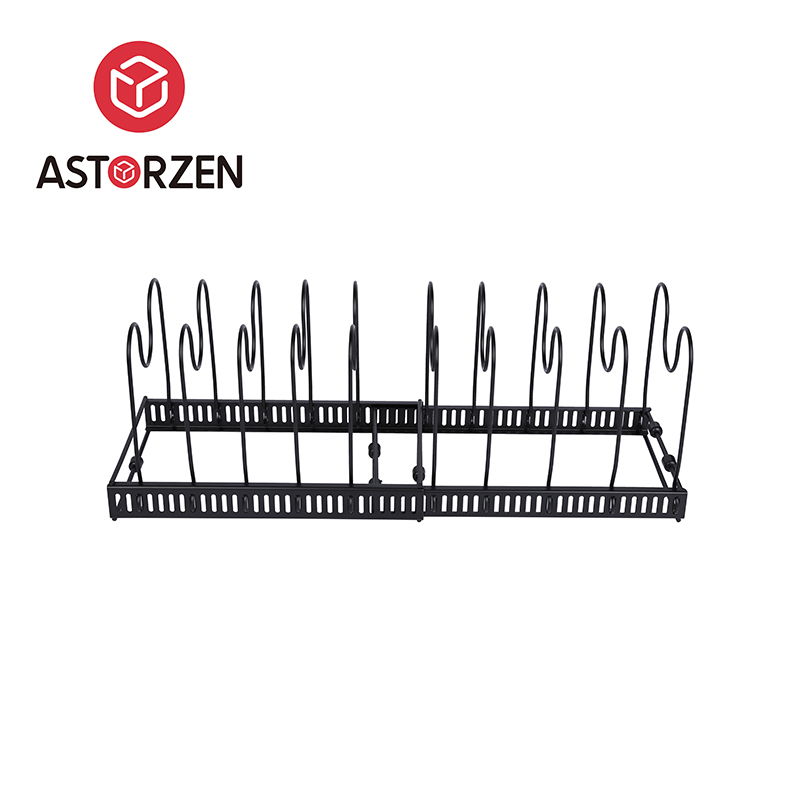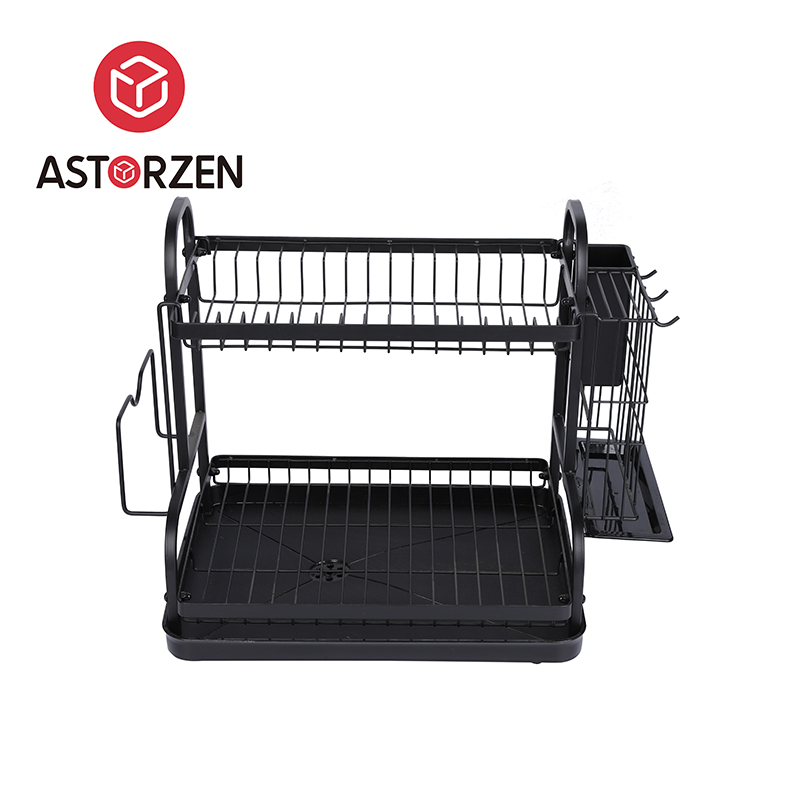In thoughtful kitchen planning, combining a kitchen storage rack with a flexible kitchen trolley can unlock clever functionality without sacrificing style. Within the first few steps of cooking or prepping, homeowners immediately see how the rack offers accessible shelving while the trolley brings extra workspace on wheels.
This pairing—mobility meeting structure—supports imaginative kitchen workflows. Whether you’re baking, entertaining, or organizing, the synergy between a sleek kitchen storage rack and a mobile kitchen trolley creates an environment that adapts to changing needs.
Why Mobile Meets Stationary Works
Stationary storage racks anchor essential tools and ingredients within sight and reach. They efficiently use vertical space, reducing clutter and keeping daily items available without digging.
Kitchen trolleys bring portability to the mix, providing rolling counter space, shelving, or serving surfaces that adjust to tasks and room layouts.
Combining both lets you keep core storage fixed while introducing mobile versatility—a design approach that fosters fluid workflow and organized living.
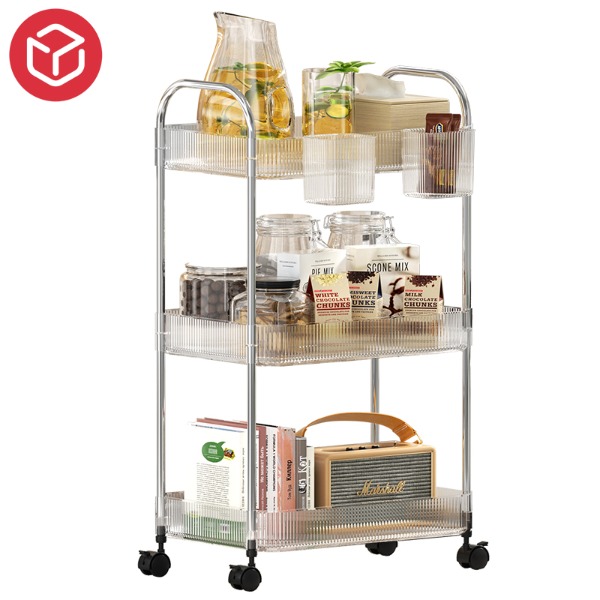
Advantages of Kitchen Trolleys in Creative Layouts
- Portability that transforms space
Kitchens evolve throughout the day—cooking, prep, serving, entertaining. A mobile kitchen trolley lets you shift storage or workspace wherever needed. With wheels, it can move seamlessly from prep station to dining table or slide aside when not in use.
- Extra surface area on demand
Trolleys often feature multiple tiers or surfaces that serve as temporary prep zones or beverage stations. They fill gaps naturally and provide additional counter space without renovation.
- Ease of cleaning and reconfiguration
Wheeled units simplify floor cleaning and allow you to reconfigure storage based on your needs—ideal for small kitchens or multifunctional dining areas.
How Shelving Racks Enhance Adaptable Kitchen Layouts
- Smart vertical storage
A well-designed kitchen storage rack maximizes vertical zones. Its open shelving design encourages visibility and fast access—eliminating the frustration of rummaging through deep cabinets.
- Customization to fit unused corners
Slim or multi-tier racks deliver storage in narrow spaces—such as beside appliances or in unused alcoves—making layout more efficient without overcrowding.
- Visual balance in open layouts
Racks with slender profiles—metal frames, clean finishes—provide storage while maintaining open sightlines in evolving floor plans.
Real-World Pairing Examples
- Compact kitchens in small homes
Place a narrow kitchen storage rack against the wall for spices and dishes, then use a small trolley near the prep area for utensils and bowls. This lets you preserve every centimeter without feeling cramped.
- Entertaining-focused zones
Use a sleek kitchen trolley stocked with serving pieces, drinks, or appetizers. When guests arrive, roll it out. Meanwhile a storage rack holds extra glassware or condiments nearby but out of the traffic flow.
- Multi-task cooking stations
When baking, set ingredients and mixing bowls on the mobile trolley at your side. The rack behind holds rarely used appliances, freeing counter space for immediate work.
Design Tips for Harmonious Storage Pairings
- Coordinate finishes
Matching powder-coated steel or wood-toned racks with similar trolley materials unifies the look. Even less contrast—like matte black frames on both—builds visual cohesion.
- Match scale and proportion
Pair slender, vertical shelving with a low-profile trolley to maintain balance. Or choose a low horizontal rack if you prefer a wider cart design.
- Feature alignment
Trolleys with towel holders, spice hooks, or utensil pegs complement racks with hooks and baskets. Functional symmetry reinforces usability.
Design inspiration draws from restaurant-style shelving systems—industry-grade racks and rolling carts used in professional kitchens. These offer high capacity, mobility, and hygienic surfaces—even repurposed into modern kitchen layouts to create adaptable, industrial-inspired storage zones.
They support a mise-en-place mindset: tools, ingredients, and equipment saved in specific stations for faster access—a chef’s technique adapted into everyday living.





 English
English 日本語
日本語 русский
русский عربى
عربى

